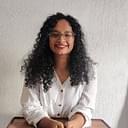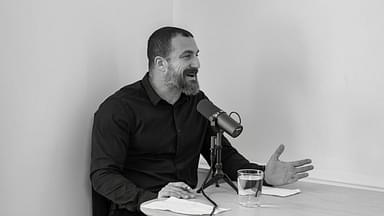Sunlight and its incredible benefits are not hidden from the health and fitness enthusiasts. Neuroscientist Dr. Andrew Huberman has often spoken on the subject, highlighting key observations from the research on it. He recently decided to put a consolidated Instagram post combining all of his lessons on the effects of sunlight throughout the day and listed six major takeaways from it.
Across various studies, Dr. Huberman had previously highlighted a link between sunlight and physiological changes in the body. In the recent video, he talked about the relation between these elements along with body temperature, mental health, performance, and more. With the help of a schematic that represented the body’s reaction to sunlight throughout the day, he provided suggestions for improvement.
Sunlight viewing in the morning was beneficial for many reasons, including a spike in cortisol levels and an increase in focus. Now, Dr. Huberman divided the day into five parts and marked them on the schematic. It also showed a bell curve for the body temperature throughout the day. He included the hours:
- Before waking up
- Around waking up
- Throughout the day
- Evening
- Night
According to the schematic, the body temperature was low before an individual woke up and slowly increased during the day. The neuroscientist recommended immediate exposure to bright sunlight upon waking up since it boosts various hormones that help the energy kick in. This phenomenon goes on until mid-day when the body temperature peaks.
View this post on Instagram
“Getting a little bit of light in your eyes at those times of the day is going to increase mood, as well as testosterone and estradiol levels…”
This exposure won’t hamper the circadian clock. The body temperature then starts declining and even witnesses a dip during lunchtime. While many consume caffeine during this time, Dr. Huberman recommends against it for those sensitive to the stimulant. As the temperature gradually decreases, it also sees a spike right before sleep time.
“Viewing bright lights of an artificial kind…can really deplete your levels of melatonin. And that’s not a good thing because melatonin is the hormone that allows you to fall asleep, and to some extent stay asleep.”
One could avoid looking at bright lights right before sleeping. But Dr. Huberman had previously mentioned the connection between the circadian clock and sunlight exposure, which he hinted at in the current video. If one was adequately exposed to sunlight throughout the day, there was a chance that they could offset this melatonin decrease at night.
Dr. Andrew Huberman explained the importance of dark exposure
Dr Andrew Huberman has often spoken about the link between physical well-being and sunlight. As established earlier, sun exposure offers different benefits throughout the day. But something unique about this study is how the lack of sunshine at night is also beneficial. He revealed in a YouTube video how exposing oneself to darkness helped boost the circadian rhythm.
Dark exposure is the process where an individual avoids bright lights at night to improve sleep quality. He recommended getting the surroundings as dark and safe as possible, especially from 10 PM to 4 AM. This technique helped combat the decrease in melatonin and enhanced the quality of sleep in that window of time.




